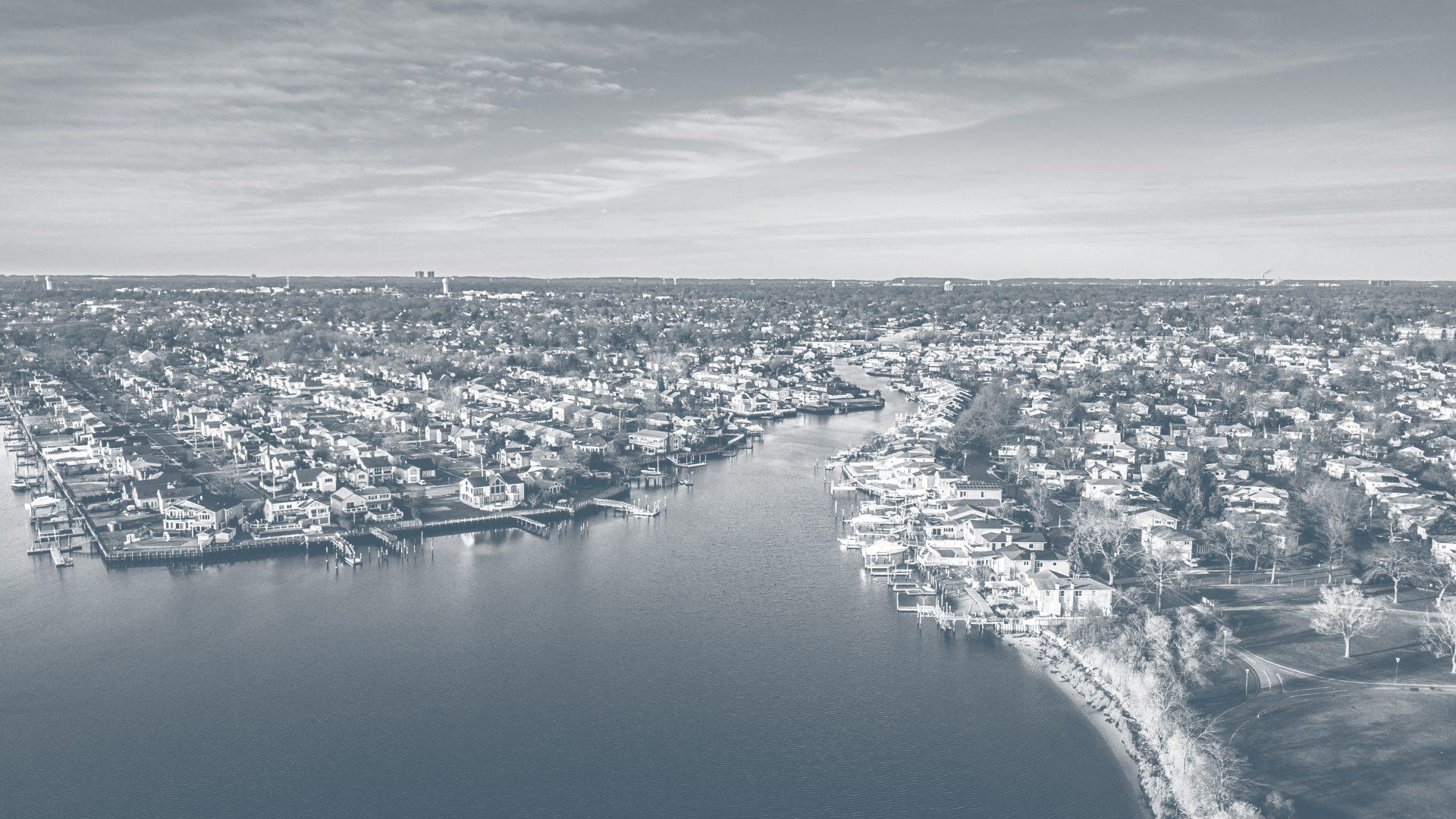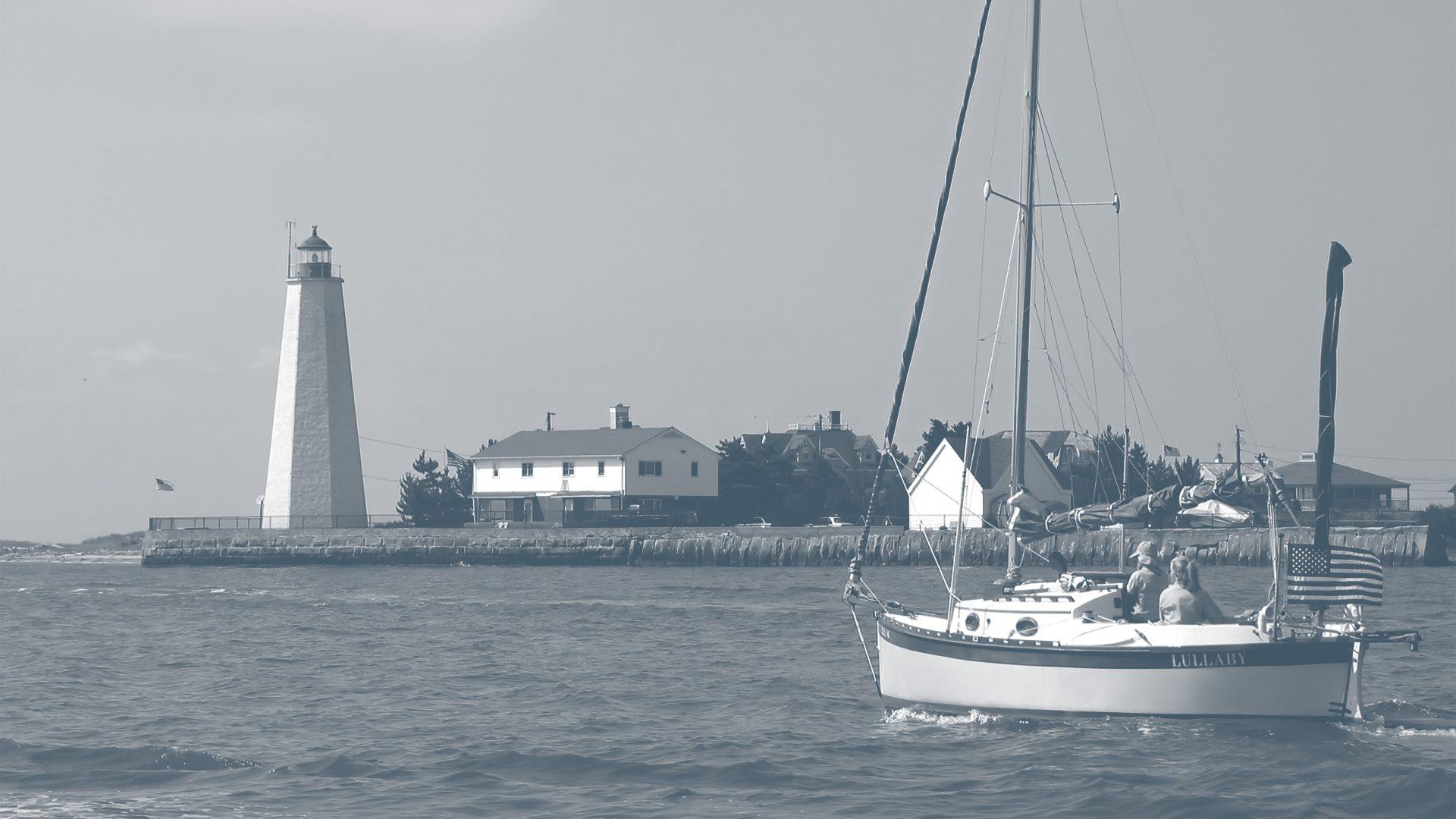
Installing an Accessible Shower
The installation of an accessible shower is a pivotal step in creating a home environment that is not only safe and functional but also inclusive for individuals of all mobility levels. Accessible showers are meticulously designed to cater to the unique needs of those who may face challenges with traditional bathroom setups, particularly individuals with disabilities or the elderly. The essence of an accessible shower lies in its barrier-free design, non-slip surfaces, and additional support features, all of which collectively work towards mitigating the risks of slips and falls while ensuring a comfortable bathing experience.
The core principle behind an accessible shower is to provide a seamless, safe, and effortless bathing experience. This begins with a barrier-free entry, which eliminates the need to step over a threshold, thereby facilitating easy access for wheelchair users and reducing tripping hazards. The incorporation of non-slip flooring is another crucial element, providing additional stability and minimizing the risk of accidents. Moreover, strategically placed grab bars offer vital support, assisting individuals in navigating the space safely, while handheld shower-heads and seating options provide comfort and flexibility during use.
In addition to the physical components, the ethical and legal aspects of installing an accessible shower are paramount. Adherence to guidelines provided by the Americans with Disabilities Act (ADA) and local building codes ensures that the installation meets the requisite safety and usability standards, thereby aligning with both legal obligations and ethical considerations. Furthermore, while the financial investment in installing an accessible shower can be substantial, it is a valuable investment in enhancing the safety, usability, and overall livability of a home, ensuring it is accommodating and accessible to all.
A Guide to Installing an Accessible Shower
In the realm of home modifications, the installation of accessible showers has become paramount in ensuring that individuals with mobility challenges can navigate their daily routines with ease and independence. The significance of an accessible shower cannot be overstated, providing not only a safe and convenient bathing option but also enhancing the overall quality of life for many.
The Imperative of Accessibility
The U.S. Census Bureau reports that nearly 40% of individuals over the age of 65 have at least one disability, with mobility being the most common issue. Furthermore, the CDC notes that 1 in 4 U.S. adults lives with a disability that impacts their major life activities. These statistics underscore the necessity of accessible home features, such as showers, to accommodate a growing demographic.
Key Components of an Accessible Shower
- Barrier-Free Entry: Eliminating thresholds and ensuring that the shower can be accessed without having to step over a barrier is crucial. This design facilitates wheelchair access and reduces tripping hazards.
- Non-Slip Flooring: To minimize the risk of falls, the installation of non-slip flooring materials, such as textured tiles or rubber matting, is vital.
- Grab Bars: Strategically placed grab bars provide additional stability and support, assisting individuals in safely entering and exiting the shower.
- Handheld Showerhead: A handheld showerhead allows for greater flexibility and control, enabling users to manage their bathing experience effectively without compromising on safety.
- Seating Options: Incorporating a sturdy seat within the shower ensures that individuals can bathe comfortably and securely without the need to stand.
Legal and Ethical Considerations
The Americans with Disabilities Act (ADA) and local building codes provide guidelines and requirements for accessible design, ensuring that installations meet the necessary safety and usability standards. Adhering to these guidelines is not only a legal obligation but also an ethical one, ensuring that homes are inclusive and accessible to all.
The Financial Aspect
Installing an accessible shower can be seen as a valuable investment in enhancing the livability and safety of a home. While costs can vary widely based on design, materials, and labor, numerous grants and financial assistance programs are available to help offset these expenses, ensuring that accessibility is attainable for all.
How Much Does It Cost To Install An Accessible Shower?
The cost of installing an accessible shower can vary widely based on several factors, including the specific modifications needed, the materials used, and labor rates in your area. Here’s a general breakdown:
Basic Accessible Shower Installation
- Cost Range: $1,500 – $5,000
- Inclusions: Basic walk-in showers, grab bars, non-slip flooring, and a handheld showerhead.
- Note: This range might cover DIY installations and simpler modifications without extensive plumbing or structural changes.
Mid-Range Accessible Shower Installation
- Cost Range: $5,000 – $10,000
- Inclusions: Customized solutions like a barrier-free shower, seating, higher-quality materials, and possibly some minor structural adjustments.
- Note: This might involve professional installation and could cater to more specific accessibility needs.
High-End Accessible Shower Installation
- Cost Range: $10,000 – $20,000+
- Inclusions: Premium materials, comprehensive structural modifications, high-end fixtures, and specialized solutions like roll-in showers for wheelchair users.
- Note: This range typically involves a professional contractor and might include extensive remodeling to ensure full accessibility and compliance with ADA guidelines.
Additional Costs to Consider
- Plumbing Adjustments: $500 – $2,000+
- Labor Costs: $1,000 – $5,000+ (depending on the complexity of the project)
- Additional Features: Such as digital controls, luxury materials, or specialized equipment, which can significantly increase the cost.
Financial Assistance
Various grants and financial assistance programs are available to help offset the costs of installing an accessible shower, especially for seniors or individuals with disabilities. Exploring local, state, and non-profit programs can provide valuable resources and financial support for such important home modifications.
Helpful Accessibility Articles
Barrier Free Showers Requirements and Applications
This article discusses the requirements and applications of barrier-free showers, which might include data on installation and specifications for accessible showers.
This guide chapter might provide insights into the legal and practical requirements for bathing rooms, including accessible showers, under the Americans with Disabilities Act (ADA).
Controls And Accessories For Shower And Bathtub | ADA Guidelines
This blog post discusses the controls and accessories for showers and bathtubs as per ADA guidelines, which might include useful data for installing accessible showers.
Part (1) How to build and tile curbless (handicap) walk
This YouTube video might provide a practical guide on how to build and tile a curbless, handicap-accessible walk-in shower.
Accessible Bathing Facilities Are Required | ADA Guidelines
This article discusses the ADA guidelines regarding accessible bathing facilities, which might include data and information relevant to installing an accessible shower.


 MANHATTAN
250 Park Avenue
MANHATTAN
250 Park Avenue LONG ISLAND
100 Duffy Ave
LONG ISLAND
100 Duffy Ave WESTCHESTER COUNTY
73 Market Street
WESTCHESTER COUNTY
73 Market Street FAIRFIELD COUNTY
1000 Lafayette Blvd
FAIRFIELD COUNTY
1000 Lafayette Blvd